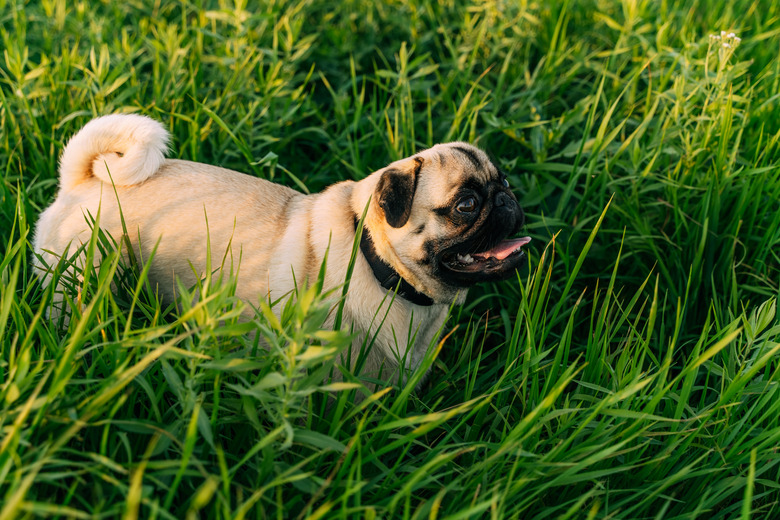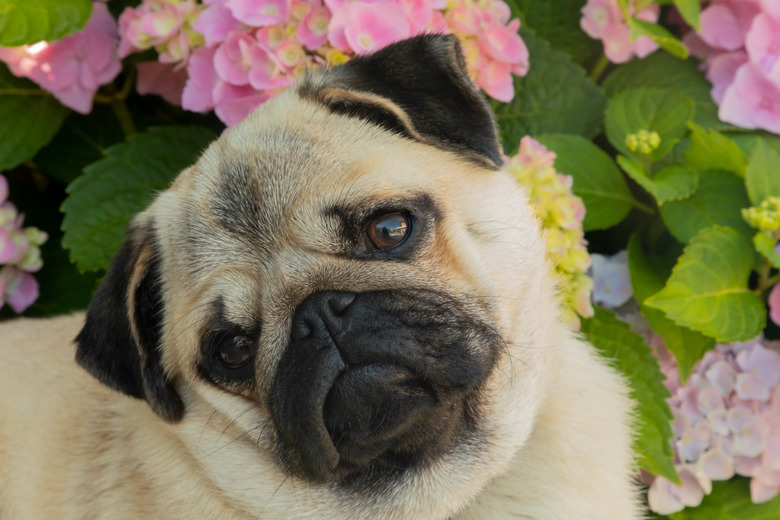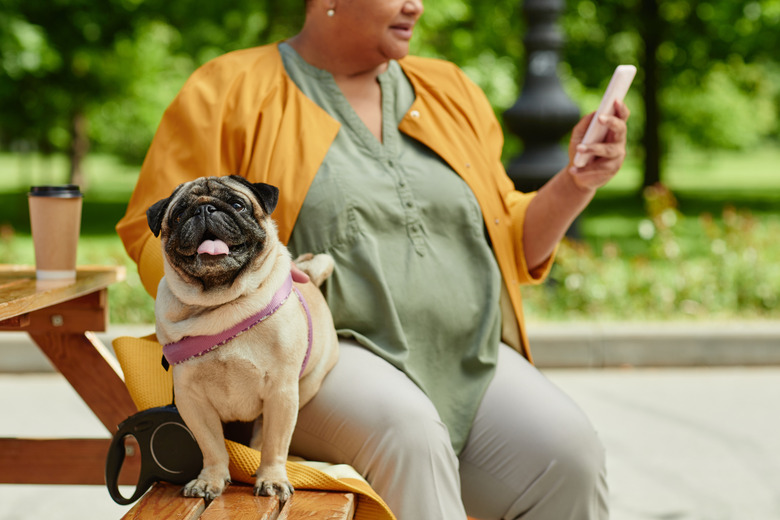Do Pugs Get Colds? Here's How Experts Say To Treat A Pug With A Cold
Do pugs get colds? Like all dogs, pugs can get infections similar to human colds, though not more frequently. However, because flat-faced pugs normally have difficulty breathing, dog cold symptoms such as congestion can be problematic. Any symptoms of respiratory infection should be assessed by your veterinarian.
What we call a doggy "cold" is actually an upper respiratory infection in canines. Dogs can catch a variety of upper respiratory viruses that can cause symptoms resembling human colds. These similar symptoms include coughing, sneezing, sniffles, snorting, honking, and runny eyes and nose.
What causes pugs to get colds?
What causes pugs to get colds?
Canine infectious respiratory disease (CIRD) is the most common reason a dog suddenly shows signs of a cold or what resembles a human common cold. CIRD is caused by different viruses, including:
- Parainfluenza virus
- Adenovirus type 2
- Respiratory coronavirus
- Pneumovirus
- Herpesvirus
Bacterial infections, such as bordetella (also called kennel cough), mycoplasma, and streptococcus, can complicate CIRD. Other infections that can cause respiratory symptoms similar to colds include canine influenza and canine distemper viruses. All these issues require medical intervention.
How can I tell if my pug has a cold?
How can I tell if my pug has a cold?
Coughing, sneezing, runny nose, and watery eyes are common dog symptoms that point to a cold in a pug, but these symptoms can indicate a number of different infections. For instance, distemper infections have respiratory symptoms often accompanied by vomiting and diarrhea (runny poop), which will progress to neurological signs if not diagnosed and treated quickly. Routine canine vaccinations protect against distemper, and dogs who are not fully vaccinated and boosted regularly are vulnerable to this serious and deadly disease.
Home treatments for a pug with a cold
Home treatments for a pug with a cold
Just like with humans, when your dog has a respiratory infection make sure they get plenty of rest, stay warm and dry, and drink plenty of fluids. If your pup has a lot of congestion, the steam created inside the bathroom after running the shower or steam from a humidifier can help ease your pup's breathing. Also, while your pug is sick and undergoing treatment for their cold, keep your infected pug away from other animals in case the virus or bacteria is contagious.
Food and water for a pug dog
Food and water for a pug dog
If your dog's appetite is weak, add chicken or other tasty canned food to the bowl to coax them to eat. Pedialyte or Gatorade in small doses might entice your pug to drink and give them much-needed electrolytes. However, Gatorade is high in sugar and is not ideal for dogs. Adding low-sodium broth (containing no onions, garlic, or spices) to dog food or water is a better option to entice a pup to eat or drink.
What should I do when my pug has a cold?
What should I do when my pug has a cold?
Puppies, older pugs, or dogs with underlying medical conditions should always visit a veterinarian at the first sign of sneezing, coughing, or stuffy nose. Most healthy adult pugs will be able to fight off a cold, but if your pug stops eating, appears extremely weak or lethargic, vomits, stops urinating, refuses to drink water, or fails to improve within three to four days, then you should visit the veterinarian right away.
Do pugs get colds easily?
Do pugs get colds easily?
Although pugs aren't more likely to get colds than other dogs, pugs have short, compressed nasal passages that make respiratory infections more concerning. This means that if a respiratory infection is accompanied by congestion, inflammation, and coughing, the situation can become more serious and lead to breathing problems.
If your pug appears sick, you can check their temperature if they allow it. In a pug with respiratory compromise, it's more dangerous for people to struggle with the dog to take a temperature at home if the dog resists. Check their temperature to make sure it is between 101 and 102.5 degrees Fahrenheit because anything higher can indicate a fever. Take your pug to a veterinarian immediately even if there is no fever to avoid any complications. A pug's abnormal facial anatomy puts them at a higher risk than other dog breeds.
Medical treatment for a pug with a cold
Medical treatment for a pug with a cold
Medical treatments depend on the cause of the coldlike symptoms. For instance, if there is evidence of a bacterial infection, a veterinarian will likely prescribe an antibiotic and discuss supportive care while your pug's immune system fights the infection.
Follow all instructions from your veterinarian and monitor your pup closely for the following health issues:
- Lethargy
- Loss of appetite or not eating
- Difficult or labored breathing
If your pug is unable to breathe or is having difficulty breathing, take them to the nearest veterinarian or emergency hospital because these issues can be life-threatening.
The bottom line
The bottom line
Pugs, like other dogs, can get coldlike symptoms, such as congestion and nasal discharge. What appears similar to a human cold is actually a canine upper respiratory infection called canine infectious respiratory disease (CIRD), caused by any number of cold viruses and sometimes accompanied by a bacterial infection, such as bordetella, or kennel cough. Because brachycephalic breeds like pugs have difficulty breathing at the best of times, any congestion, dog flu, or cold symptoms should be assessed by a veterinarian to maintain dog health.



